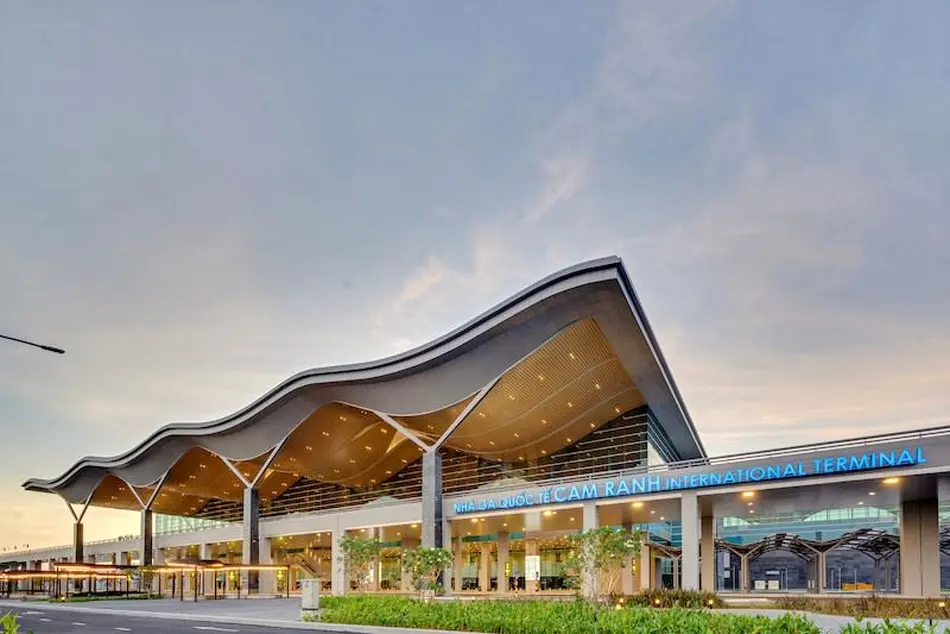From The Floor: Cam Ranh Expands Connectivity, Targets New Markets
Cam Ranh International Airport’s (CXR) Terminal 2 in Nha Trang, Vietnam, is ramping up efforts to expand its global connectivity, targeting new routes and strengthening airline partnerships as international traffic rebounds.

Cam Ranh International Airport’s (CXR) Terminal 2 in Nha Trang, Vietnam, is ramping up efforts to expand its global connectivity, targeting new routes and strengthening airline partnerships as international traffic rebounds.
The terminal, which handles CXR’s international flights, served 4.3 million passengers in 2024, a 79% increase from the previous year, and recovering to 70% of 2019 levels. The growth has been driven primarily by South Korean travelers, with passenger numbers jumping 53% from 2023 and 170% from 2019.
“This success is driven by strong partnerships with Korean airlines operating from major hubs such as Incheon (ICN) and other cities like Busan (PUS), Daegu (TAE) and Cheongju (CJJ),” Cam Ranh International Terminal JSC General Director Pham Thanh Son told Routes at Routes Asia 2025 in Perth, Australia. “The visa-free policy and short flight times have further reinforced Nha Trang’s position as a top destination for Korean tourists.”
The China market also experienced growth in 2024, alongside the CIS region with direct services to Almaty (ALA) and Astana (NQZ) in Kazakhstan. A notable milestone is the entry into the Polish market, thanks to a partnership with SkyUp MT, offering flights from Poland to CXR.
Looking ahead, CXR is expanding its network in Southeast Asia, the Middle East and Australia, with targets including Singapore, India, Japan, Cambodia, the Philippines, GCC countries and Indonesia.
“To achieve these goals, the airport is employing a multi-faceted strategy, focusing on transitioning charter flights to regular operations, improving connectivity to secondary cities in Korea, and diversifying tourism sources by expanding into Europe and the Middle East,” Pham says.
“A critical tool in this strategy is the implementation of airline incentives to encourage new routes and improve operational efficiency. By leveraging these measures and fostering strong partnerships with airlines and tourism stakeholders, Cam Ranh aims to solidify its role as a competitive international aviation hub.”
Looking ahead, Pham adds that challenges include intensifying competition from other international airports, evolving technology adoption and meeting growing passenger expectations for digital services and sustainability initiatives. However, CXR is committed to leveraging AI and automation, enhancing customer experiences and executing aggressive marketing strategies to remain a competitive and dynamic international hub.